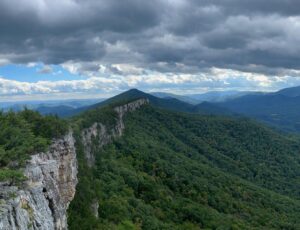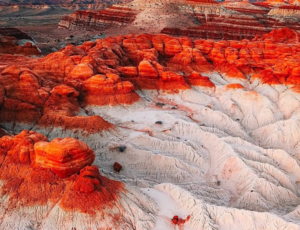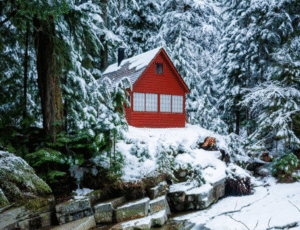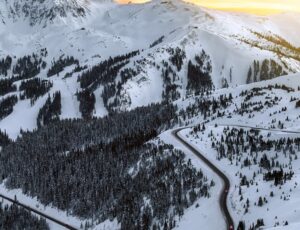Introduction
The Kalash Valley Chitral also referred to as Kalasha Desh, is a trio of valleys within the Chitral District of northern Pakistan, bordering Afghanistan. In addition, These valleys are home to the Kalash people, a unique ethnic group known for their distinct culture, language, and animistic beliefs, setting them apart from the predominantly Muslim population of Pakistan. Sharan Forest is on the way to Kalasha Valley.
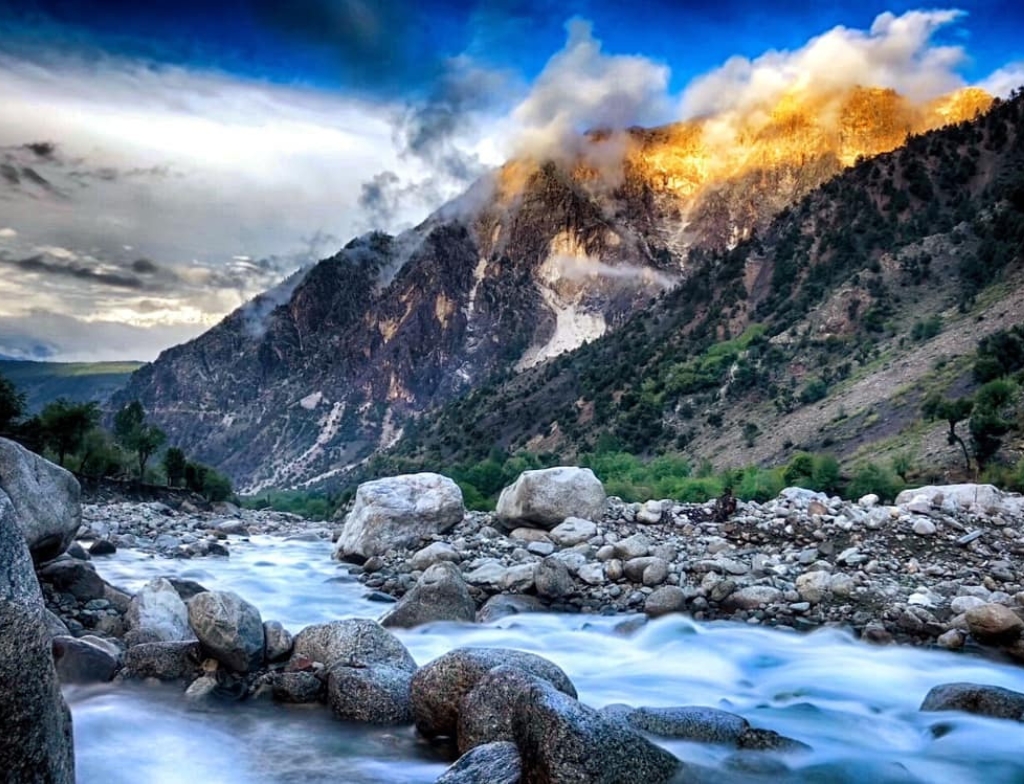
Three Kalash Valleys
- Bumburet is the largest and most populated valley
- Rumbur is a side valley branching north from Bumburet
- Birir is another side valley south of Bumburet, accessible from the Kunar Valley
Kalash Festival
The Kalash Valleys come alive three times a year with vibrant celebrations called Kalash festivals. These festivals are deeply ingrained in the Kalash culture, reflecting their history, mythology, and connection to nature. Moreover, Some of the famous festivals are as follows:
Kalash Valley Chilam Joshi Festival
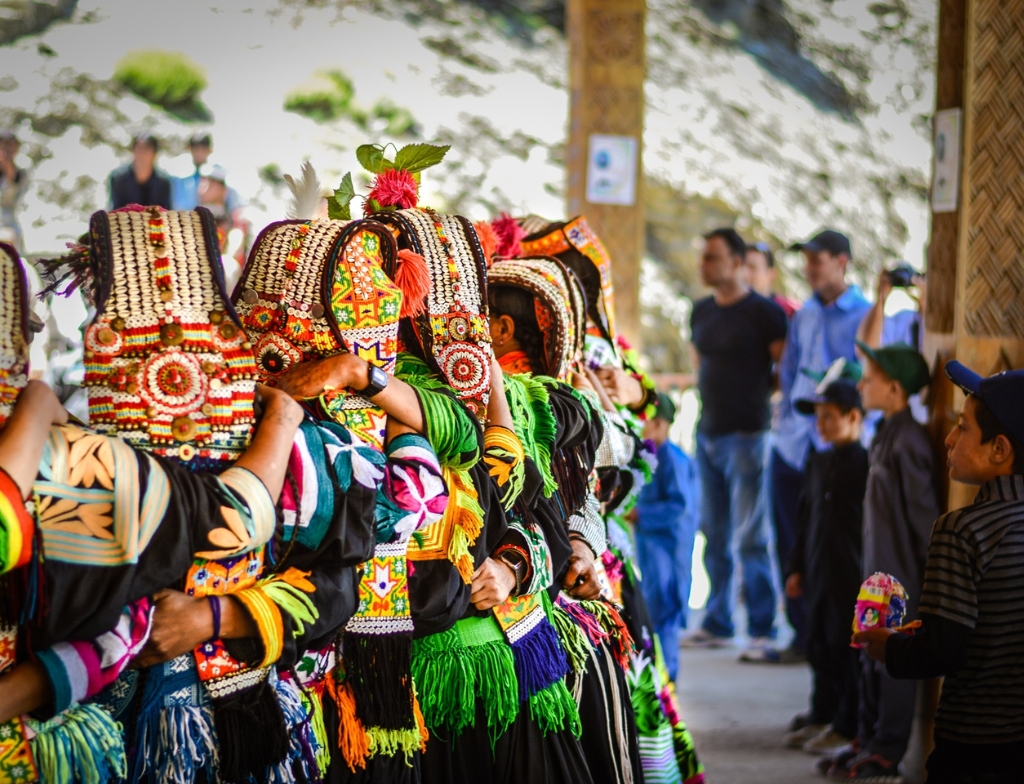
Chilam Joshi is the spring festival celebrated by the Kalash people. Chilam Joshi is celebrated from May 13 to 16 every year. The festival is a celebration of spring, fertility, and the renewal of life. It is also a time for the Kalash people to come together and pray for a bountiful harvest. The festival begins with the sacrifice of a goat, which is offered to the gods. The people then dance and sing around a bonfire. On the second day, the women of the community gather to make and distribute a special bread called “Chillam”. Lastly, On the third day, there is a competition between the men of the community to see who can climb the tallest tree. The festival ends on the fourth day with a feast and more dancing and singing.
Uchal kalash festival
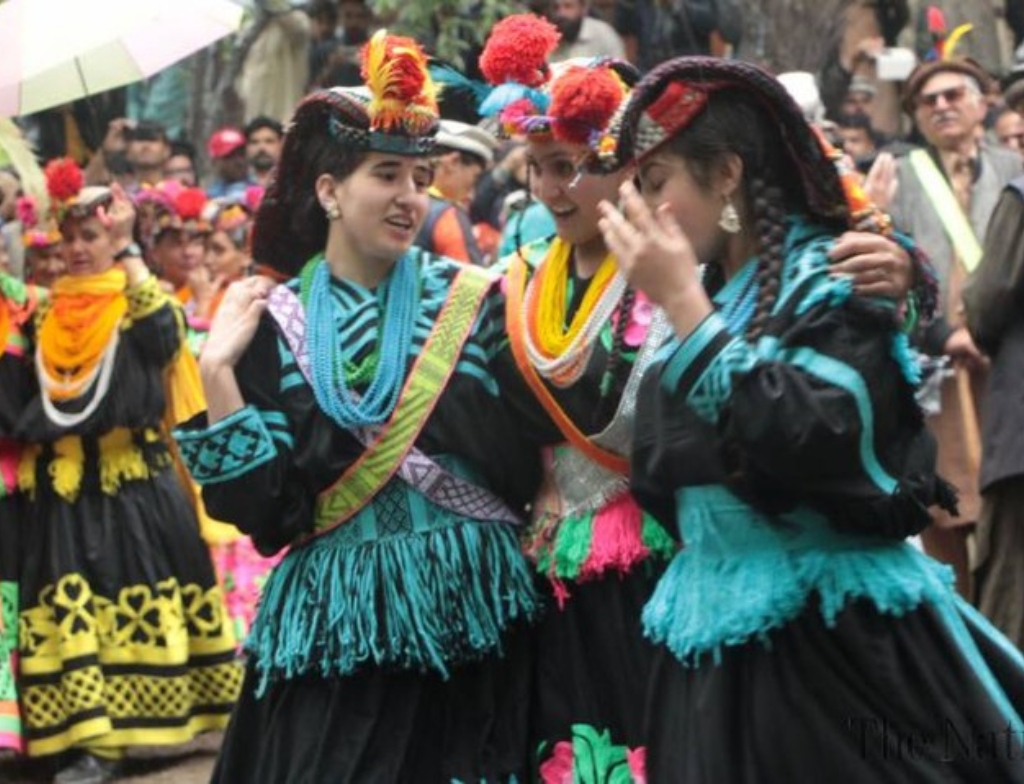
Uchal is a vibrant summer festival celebrated by the Kalash people. It’s a joyous celebration held around August 20th, lasting for three days, and marks a pivotal point in the Kalash agricultural cycle. As the days shorten and cooler weather approaches, Uchal serves as a farewell to the carefree days of summer. Uchal is a time for plentiful food and merrymaking. Moreover, Uchal features traditional sports competitions. People wear their finest garments, adding to the festive atmosphere.
Choimus Kalash Festival
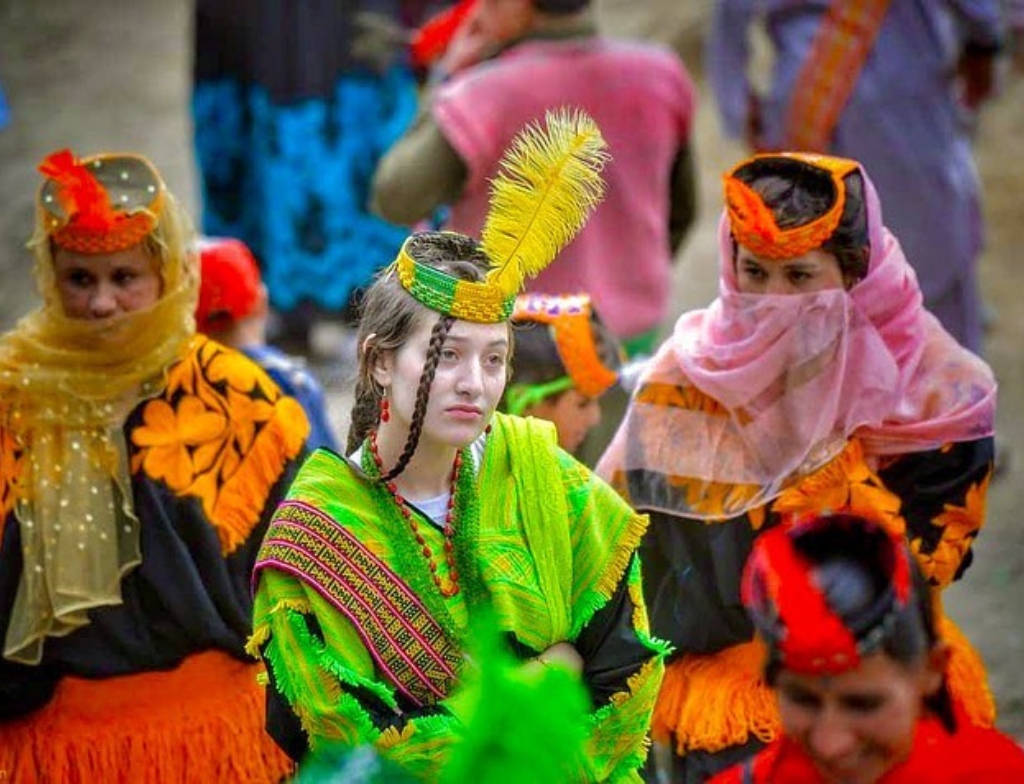
Choimus is the atmospheric winter festival. It is marked by a blend of rituals, prayers, and subdued merriment, Choimus takes place for two weeks around the winter solstice in mid-December. Choimus is believed to be a time to appease deities for protection and well-being throughout the winter. By performing rituals and offerings, the Kalash people seek blessings to ensure their community thrives during the difficult season ahead. Choimus holds a spiritual significance, serving as a time to connect with deceased ancestors. In addition, The Kalash people believe their ancestors watch over them from the spirit world, and Choimus rituals acknowledge this connection.
Poh Kalash Festival
They were celebrated at the end of September to mark the readiness of the harvest and the return of shepherds with livestock.
Kalash Valley Religion
The Kalash people practice a fascinating religion that sets them apart from the surrounding Muslim majority. Lastly, They also practice polytheism, worshipping multiple deities associated with various aspects of nature. Some prominent deities include:
- Dezau: The supreme god, creator of the universe.
- Mahadev: The god of earth and fertility.
- Sajigor: The protector god, associated with war and justice.
- Jestak: The goddess of the hearth and home.
What is Kalash Valley Culture?

Kalash culture is a captivating blend of tradition, religion, and a deep connection to nature. From their distinctive attire and lively festivals to their animistic beliefs and unique language, the Kalash people have preserved their heritage for centuries, offering a glimpse into a way of life unlike any other in Pakistan. You can also visit Kumrat Valley, but it will take 8 hours from Chitral.
What is Kalash Chitral famous for?
The Kalash Valley is famous for its vibrant culture, distinct festivals, animistic religion, and the resilience of the Kalash people in preserving their unique heritage. A small population of around 4,000 people celebrating three main festivals throughout the year is something interesting and famous about the valley.
What language do Kalash Chitral people speak?
The Kalash people speak Kalasha, a unique language that belongs to the Dardic branch of the Indo-Iranian language family. It’s distinct from the surrounding languages like Urdu and Pashto. Therefore, Kalasha is classified as an endangered language due to the small population of Kalash speakers and the dominance of Urdu in the region.
Kalash Chitral Beauty

The valley is a popular tourist destination due to its stunning scenery, rich cultural heritage, and the opportunity to witness the Kalash people’s traditional events and rituals. The valley is a haven for a diverse range of flora and fauna, including rare species like the snow leopard and the Himalayan black bear.
Kalash Valley Places to Visit
Here are some of the places you can visit to experience the best of the Kalash Chitral.
Bumburet Kalash Valley
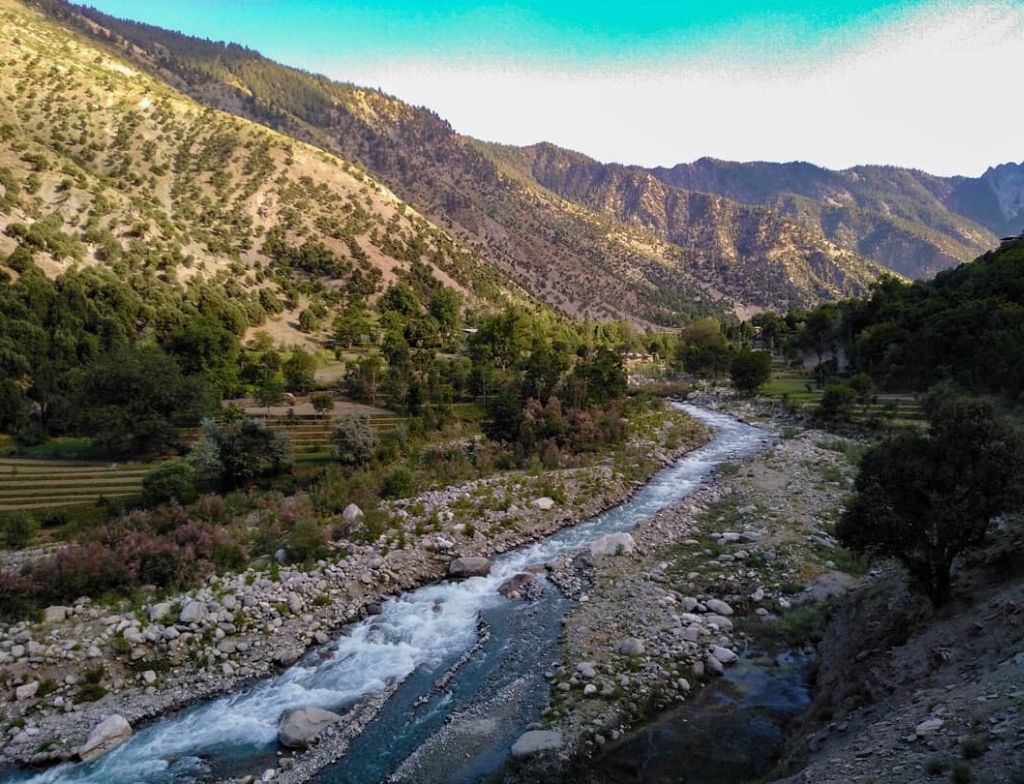
The Bumburet Valley is the largest and most populated valley. Bumburet is accessible by road from Ayun in the Kunar Valley. Here, you can explore traditional Kalash villages, witness their way of life, and interact with the hospitable Kalash people. Finally, Bumburet Valley boasts stunning scenery.
Rumbur Valley Kalash Chitral
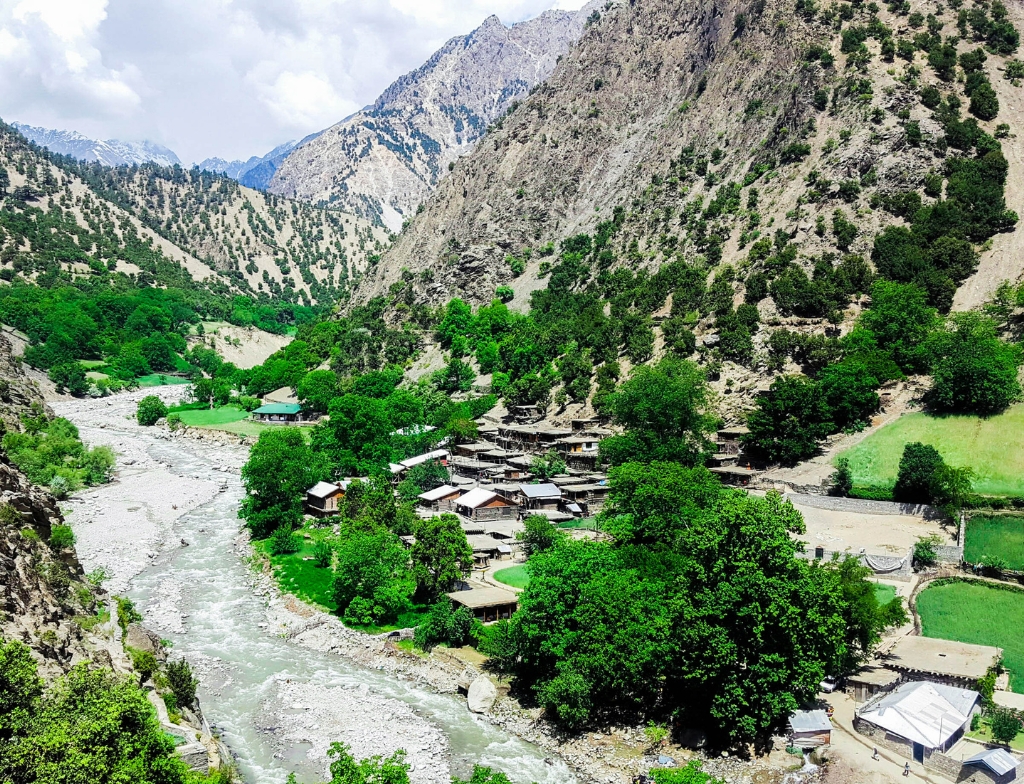
Branching out from the north of Bumburet, Rumbur Valley offers a more secluded and off-the-beaten-path experience. The scenery here is dramatic, with towering mountains and green meadows.
Birir Valley Kalash Chitral
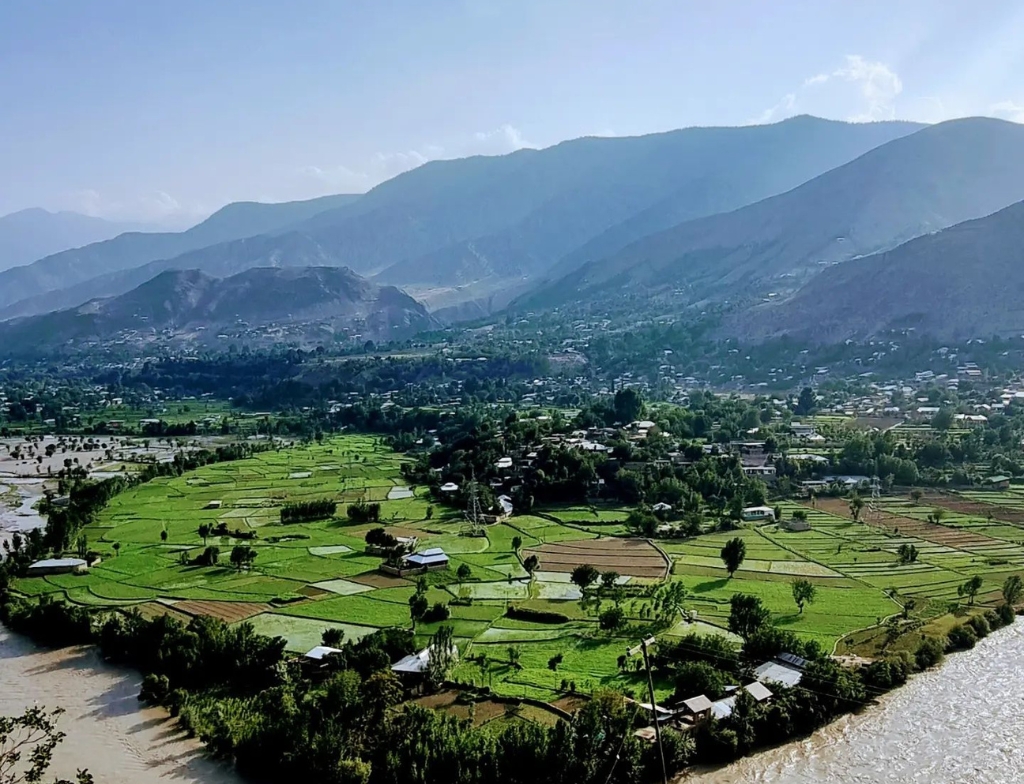
Located south of Bumburet, Birir Valley can be accessed from the Kunar Valley. In addition, This valley is known for its traditional way of life and remoteness, offering a chance to delve deeper into Kalash culture.
Kalasha Dur Museum Kalash Chitral
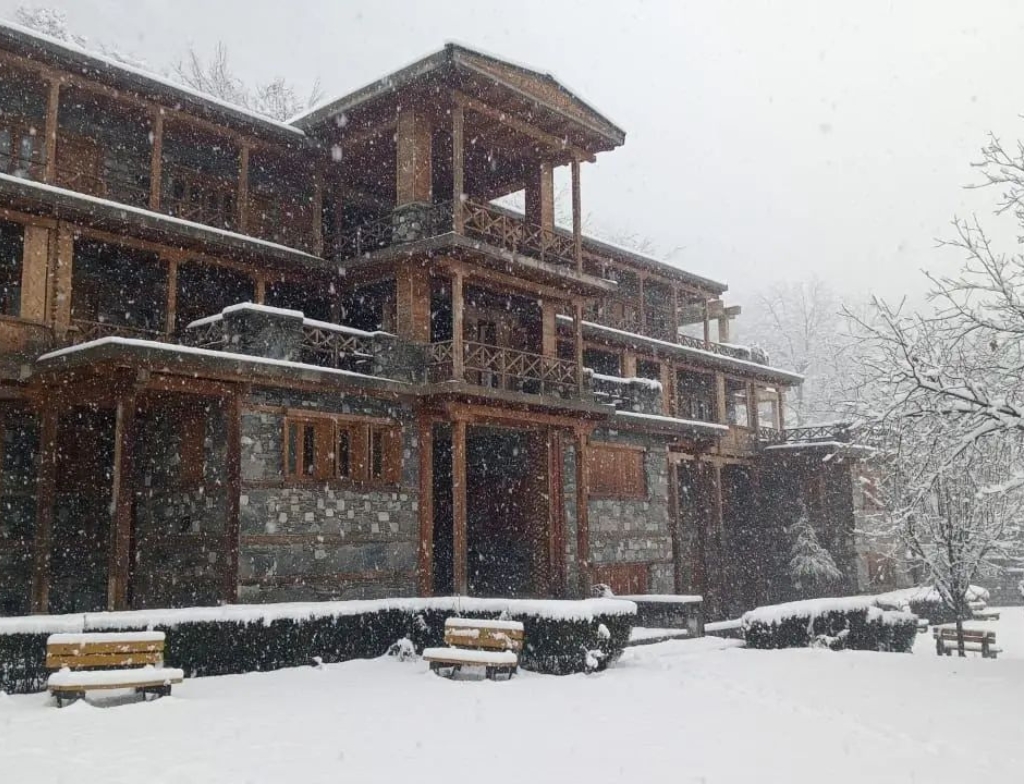
It is also known as the House of the Kalasha, this museum located in Bumburet is a treasure trove of artifacts and exhibits that showcase the rich cultural heritage of the Kalash people. You’ll find traditional clothing, jewelry, household items, and musical instruments, offering insights into their way of life.
Kalash Valley Weather
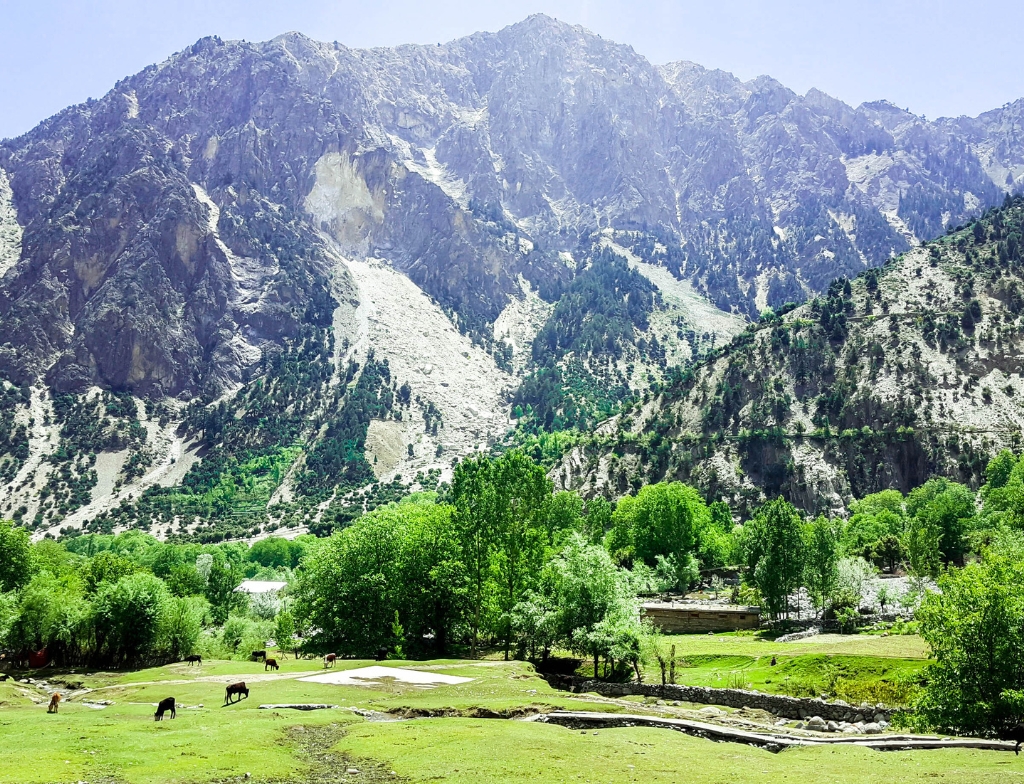
Kalash Valleys experience distinct seasons. Spring brings pleasant weather for Chilam Joshi, summer gets hot and dry for Uchal, autumn offers mild temperatures ideal for exploring, and winter brings cold and snow for Choimus, with some potential travel challenges.
Best time to visit Kalash Chitral
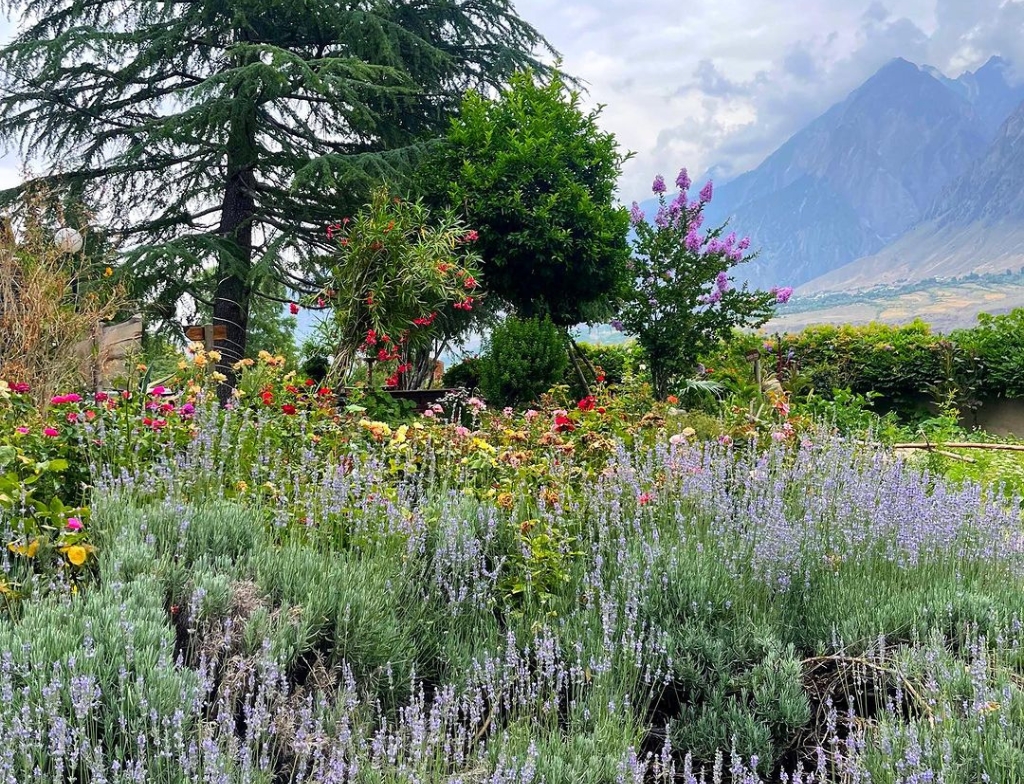
The spring and autumn seasons (March-May and September-November) offer pleasant weather for exploring the valleys. During these times, you might also be fortunate enough to witness one of the vibrant Kalash festivals.
Kalash Valley Road
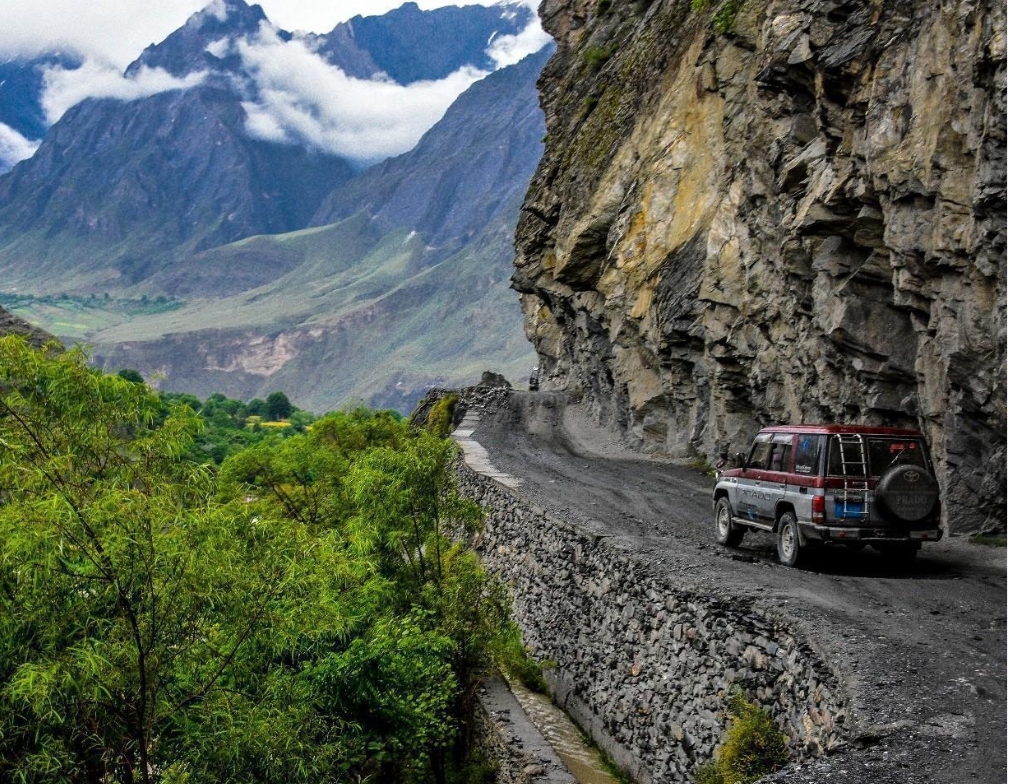
The Kalash Valley Road is a challenging but rewarding journey. It’s a 17.6 km (10.93 miles) bumpy road, running east-west from Ayun on the N45 road, south of the town of Chitral, to Grum. The road is unpaved and winds its way through steep mountains and narrow gorges. Despite the challenges, the Kalash Valley Road offers breathtaking scenery.
Kalash Valley Trek
The Kalash Valley Trek is an unforgettable adventure that takes you into the heart of the Hindu Kush mountain range in northern Pakistan, specifically to the Kalash Chitral.
Kalash Valley Location
The Kalash Valleys are amongst the majestic Hindu Kush mountain ranges in the Chitral district of Khyber Pakhtunkhwa, northern Pakistan. They border the country of Afghanistan.
https://maps.app.goo.gl/Zy9zeZkWws1QfpCT7
Kalash Valley Map
Distances From Various Cities Of Kalash Chitral
- Distance from Chitral to Kalash.
- Distance to Bumburet Valley Kalash from Chitral is about 36 kilometers (22.4 miles) by road from Chitral town.
- Kalash Valley distance from Lahore.
- The distance between Lahore and the Kalash Valley is approximately 737 kilometers (458 miles) by car. It takes about 12 hours and 47 minutes to drive there.
- Kalash Valley Distance Sialkot.
- The distance between Sialkot, Pakistan, and the Kalash Valleys is approximately 621 kilometers (386 miles) by road.
- Kalash Valley Distance from Murree.
- The driving distance from Murree to Bumburet Valley, the largest and most accessible Kalash Valley, is approximately 453 kilometers (282 miles). It could take around 5 hours and 50 minutes to drive this distance under normal conditions
- How to reach Kalash Valley from Islamabad.
- The distance from Islamabad to Bumburet Valley, the largest and most accessible Kalash Valley, is approximately 400 kilometers (248 miles).
Kalash Chitral Food

The Kalash people have a distinct cuisine that blends indigenous recipes with influences from neighboring Pakistani foods. Here’s a glimpse into the culinary delights you might encounter in the Kalash Chitral.
- Wheat Bread: A staple food in Kalash cuisine, this bread is often used to wrap other ingredients or is eaten plain.
- Walnut Bread (Bilili and Jã’u): These are two popular variations of bread featuring walnuts. Bilili is a fried batter bread with walnuts, while Jã’u is a thick, baked bread with walnuts and sometimes cheese filling.
- Kurau Bread: This unique bread incorporates flour, wine (made from crushed grapes), and walnut meats.
- Meat Dishes: While meat consumption is occasional, special occasions might involve lamb or chicken stews.
- Shoshp: A traditional Kalash dish made from buttermilk and flour, often served during festivals and special occasions.
- Basloq: A savory dish made from roasted and coarsely ground maize, often served as a side dish with meat or vegetable stews.
- Chikar: A popular dish made from whole wheat grains, which are soaked, boiled, and then sweetened with honey or sugar, an energizing meal.
Kalash Valley Chitral Hotels

Finding luxury hotels isn’t the focus in the Kalash Valleys. The emphasis here is on cultural immersion and experiencing the unique way of life of the Kalash people. Here are some options for accommodation that are more aligned with the atmosphere of the Kalash Valleys.
- Homestays: This is a fantastic way to experience Kalash culture firsthand. You’ll stay in a traditional Kalash home, interact with local families, and potentially enjoy meals prepared using local ingredients and traditional methods.
- Guest Houses: These offer a step up from homestays in terms of amenities but still provide a connection to Kalash culture. Run by Kalash families, guesthouses are often located in the villages themselves.
- The Kalash Village Inn: This guesthouse located in Bumburet Valley offers comfortable accommodations and stunning views of the surrounding mountains. They also organize cultural tours and treks in the Kalash Valleys.
- Hindu Kush Heights: Located in Rumbur Valley, this guesthouse provides basic amenities in a beautiful setting amidst walnut groves and snow-capped peaks.
Conclusion
Kalash Valley Chitral offers a glimpse into a world untouched by time. The Kalash people, with their distinctive culture, animistic beliefs, and vibrant festivals, warmly welcome visitors seeking an off-the-beaten-path adventure. The Kalash Valley stands as a living testament to the resilience and cultural vibrancy of the Kalash people, making it a must-visit destination for those seeking an enriching and unforgettable travel experience.

